明式蘇作傢具:一把椅子看匠人智慧
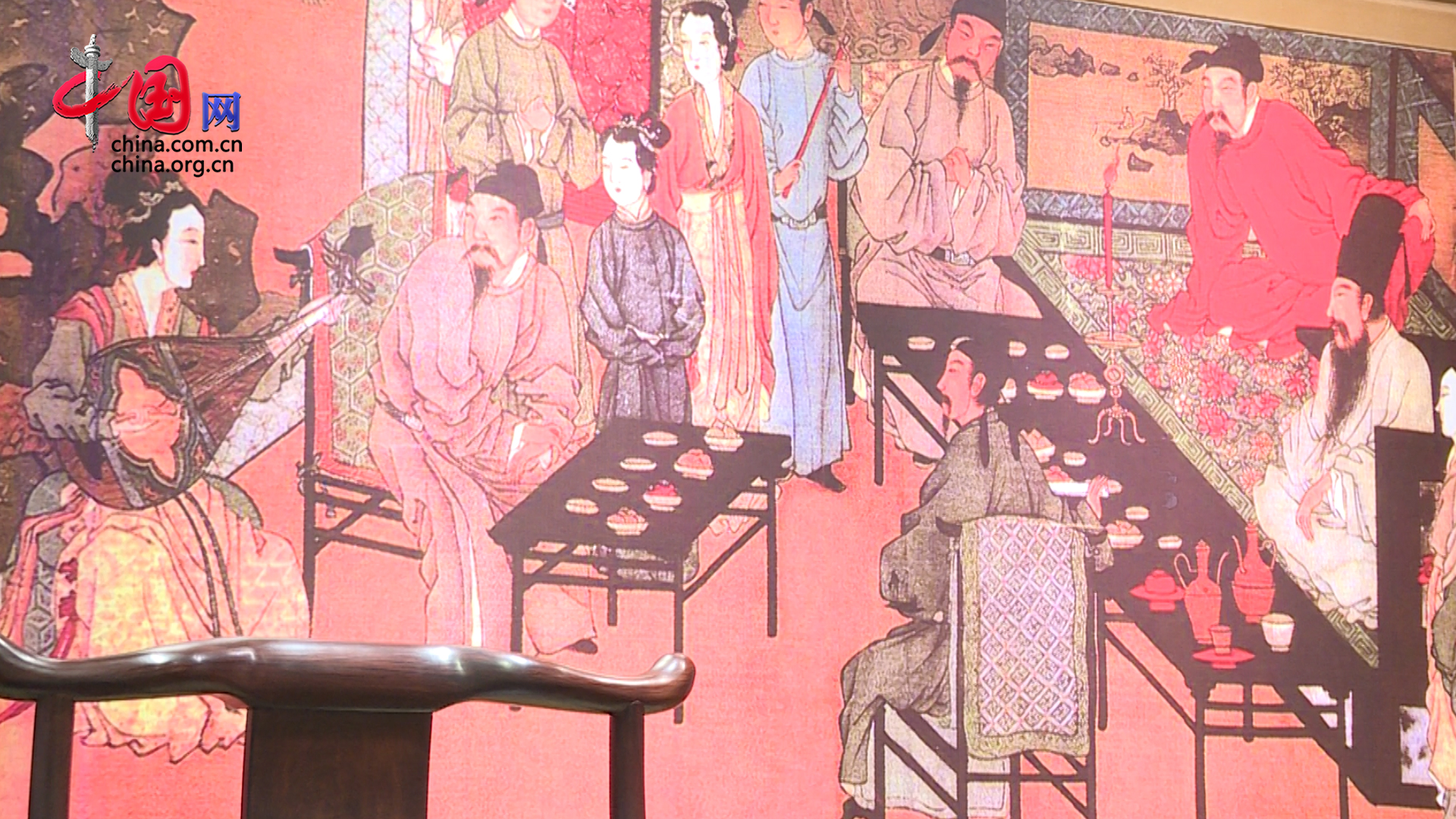
明清時期,中國傢具發展到了歷史的高峰,尤其是以蘇作工藝為代表的明式傢具。蘇作傢具從十五世紀中葉開始産生,精緻完美的框架結構,科學合理的榫卯構造,以線造型的設計理念,都充分地體現出了中華民族追求極致和神韻並存的造物精神。
It was in Ming and Qing Dynasties that the development of Chinese furniture was at its peak. Among the most prominent styles to emerge in this period was SuZuo Ming-style furniture known for its concise form and elegant lines. It has been produced since the middle of the 15th century. Historically, the furniture produced around southern Yangtze River region is collectively known as SuZuo. The exquisite frame, scientific mortise and tenon wood-working joint and the design concept of line modeling fully reflect the Chinese pursuit of perfection.
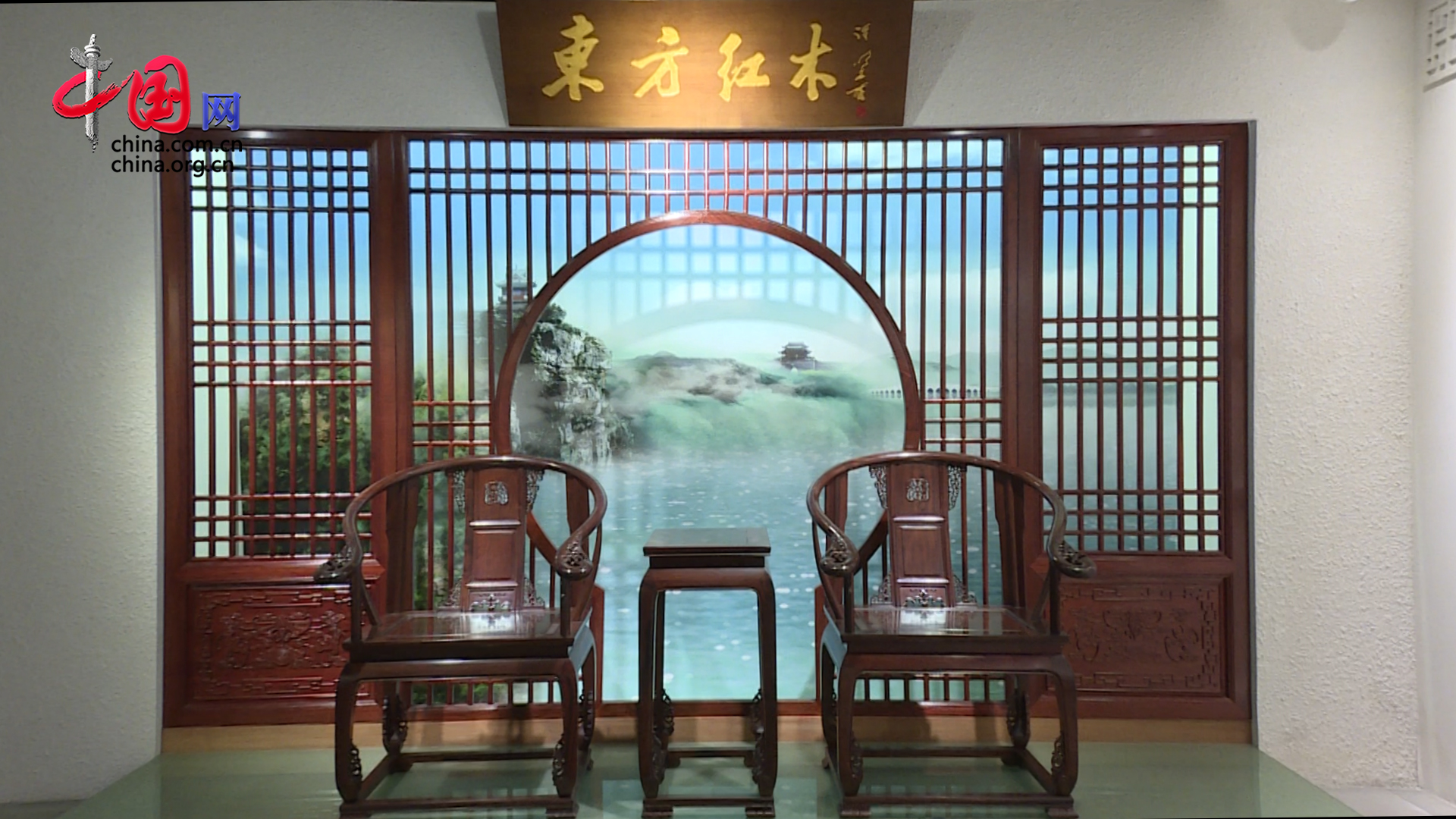
南官帽椅,是明式傢具的代表作之一。實用功能之外還流露出古人賦予傢具的“智慧”。例如,椅子腿部高低錯落的設計,寓意“步步高升”;環抱式扶手,保護主人“財不外泄”;當接待客人時,較低的座椅靠背,表明出主人自願“低人一等”,反映古人崇尚“謙遜”的處世之道。
One of the representative works of Ming style furniture is South armchair. In addition to the practical purpose it serves, it also holds the “wisdom” of the ancients. For example, the design of chairs with high and low legs implies ‘rising step by step’; the encircling armrest protects the host from ‘leakage of wealth’; the back of the lower seat shows that the host accords the same respect to his guest as he would to his superior, thus reflecting the virtue of modesty.
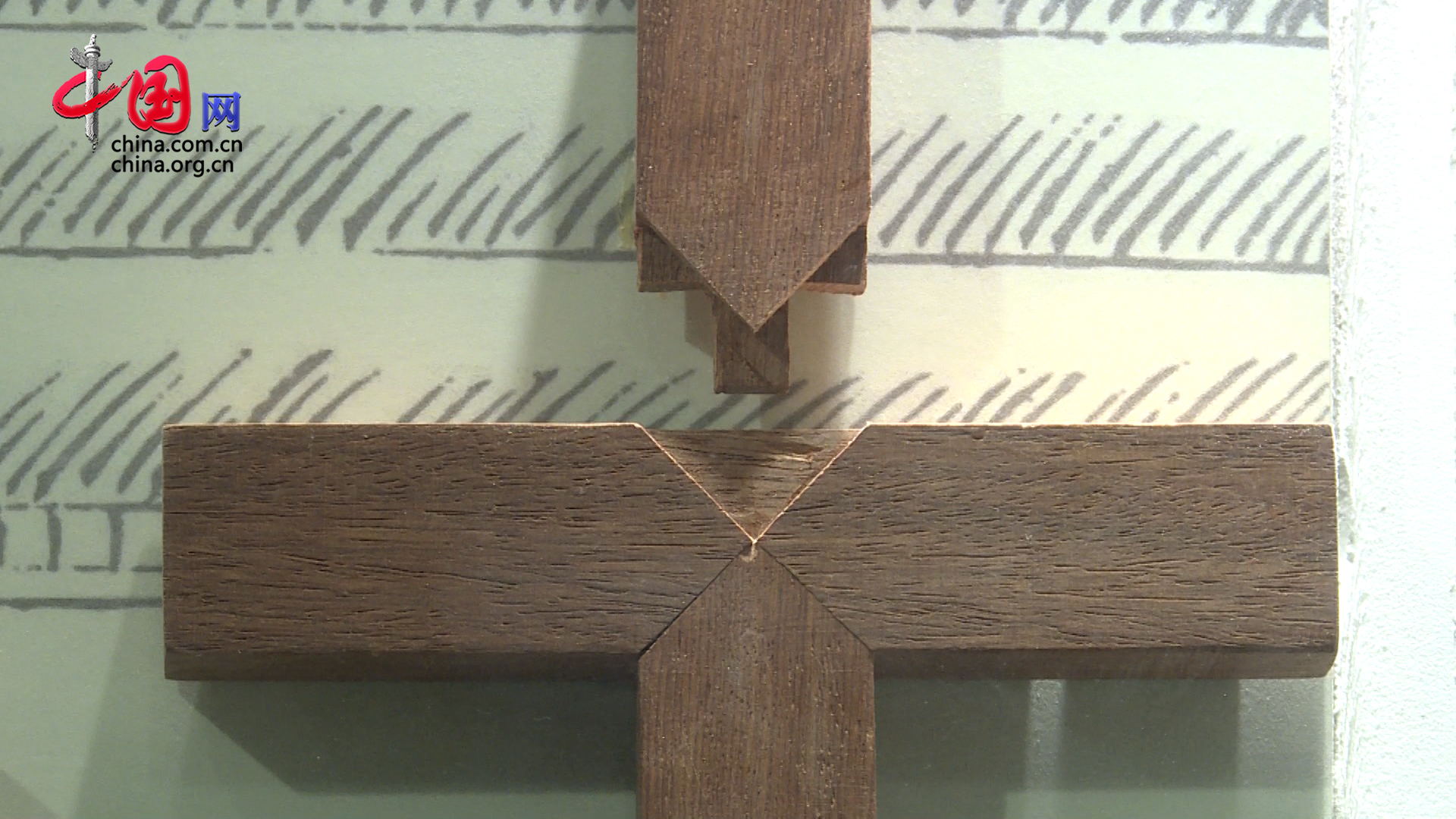
榫卯,是古代中國建築、傢具及其他器械的主要結構方式,其特點是在物件上不使用釘子,利用榫卯加固物件。這種組裝方式甚至沿用至今,體現出中國古老智慧的傳承。
The mortise and tenon woodworking joint is an important feature of ancient Chinese architecture and furniture. Woodworking joints attach two pieces of wood without use of nails. It is still widely used nowadays.
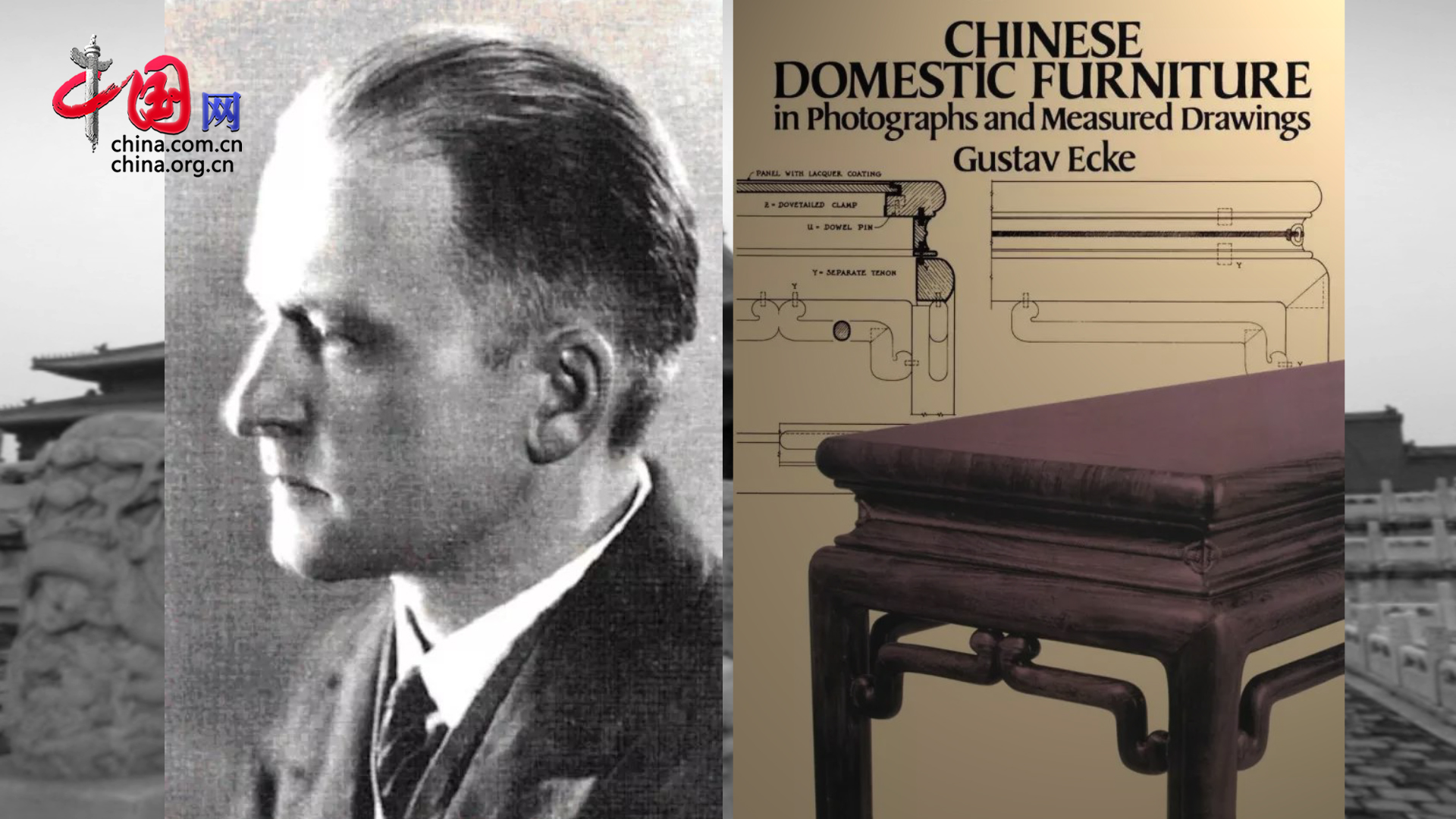
上世紀30年代,旅居北京的德國學者古斯塔夫·艾克經過數十載的研究,出版了《中國花梨傢具圖考》。這本明式傢具研究的開山之作,開啟了外國人對明式傢具的興趣。
The first study of Ming style furniture was carried out by Gustav Ecke, a German scholar living in Beijing, in the 1930s. After Ecke published details of his decades-long study, the furniture style drew even more eyeballs.
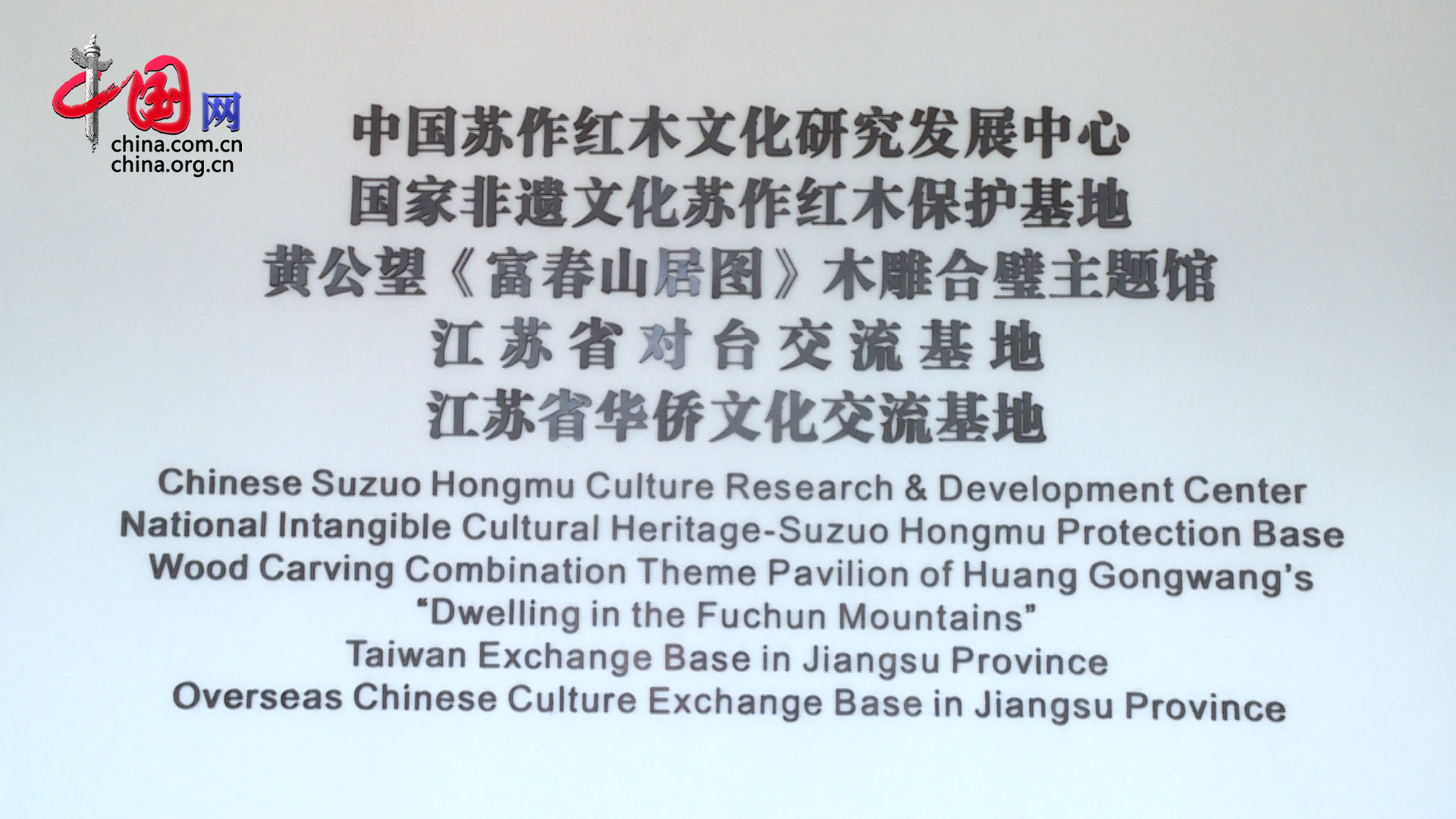
習近平總書記説過,“傳承中華文化,絕不是簡單復古,也不是盲目排外,而是古為今用、洋為中用,辯證取捨、推陳出新,摒棄消極因素,繼承積極思想,‘以古人之規矩,開自己之生面’,實現中華文化的創造性轉化和創新性發展。”
Chinese President Xi Jinping once said, “The inheritance of Chinese culture is neither a copy of ancient wisdom nor does it reject traditions of other countries. Instead, it helps the past serve the present and we should also learn from the foreign countries. We should choose and replace the old with the new, abolish negative factors and inherit positive thinking. As the saying goes, ‘Improve creativity with the wisdom of the ancients.’ This would help us realize the creative transformation and innovative development of Chinese culture.”
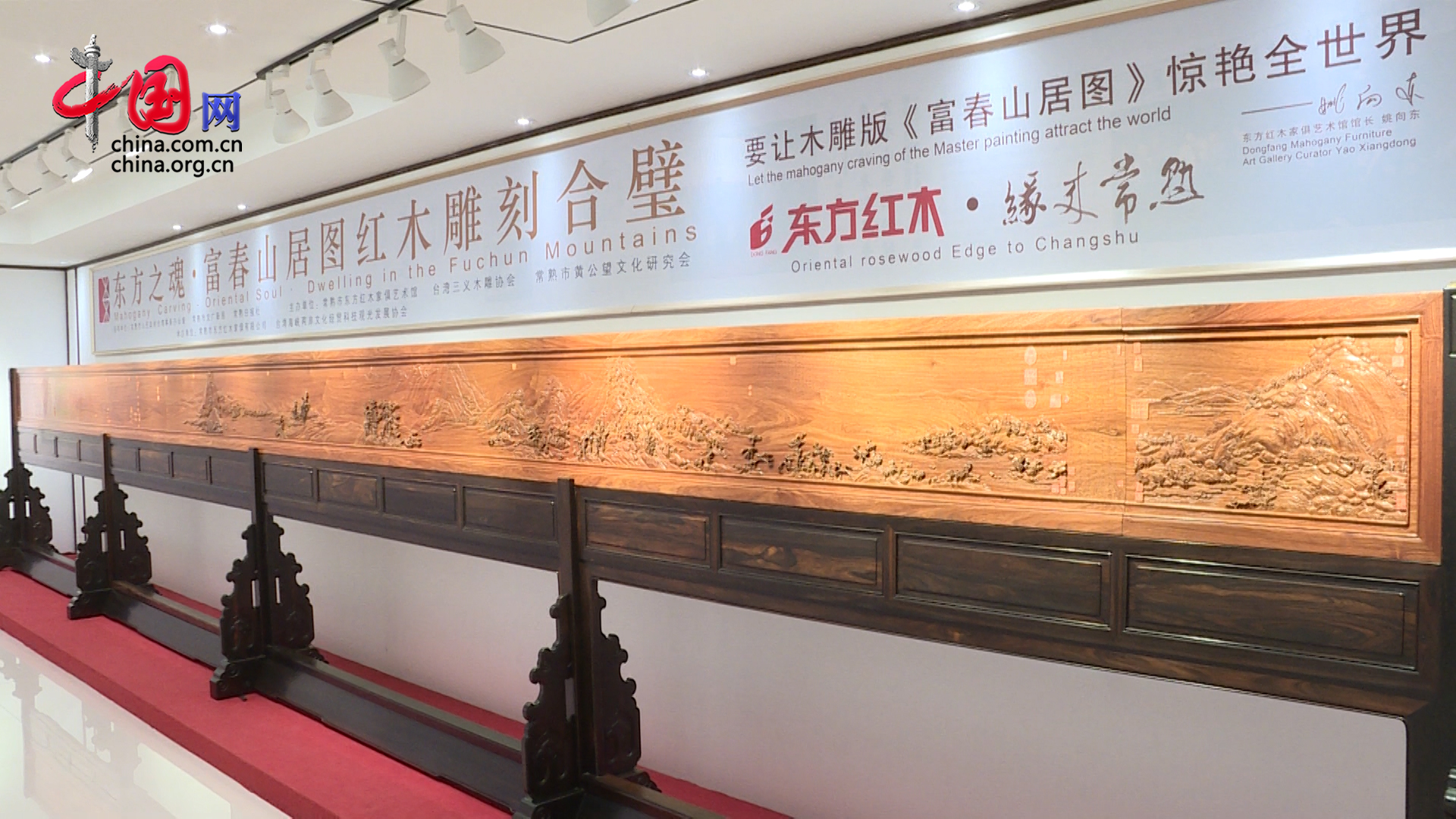
2006年,“明式傢具(蘇作)製作技藝”入選第一批國家級非物質文化遺産名錄。2017年9月,蘇作紅木文化藝術傳承保護基地落戶蘇州常熟。2015年,由兩岸藝術家共同雕刻的紅木版《富春山居圖》展出,成為兩岸文化交流的一大盛事。
In 2006, Ming style furniture (SuZuo) craftsmanship was selected as the national intangible cultural heritage. In September 2017, SuZuo Redwood culture and art heritage protection base settled in Changshu, Suzhou. In 2015, the redwood version of Dwelling in the Fuchun Mountains jointly carved by artists from mainland and Taiwan Province was exhibited and became a major highlight of cultural exchange between mainland and Taiwan Province.
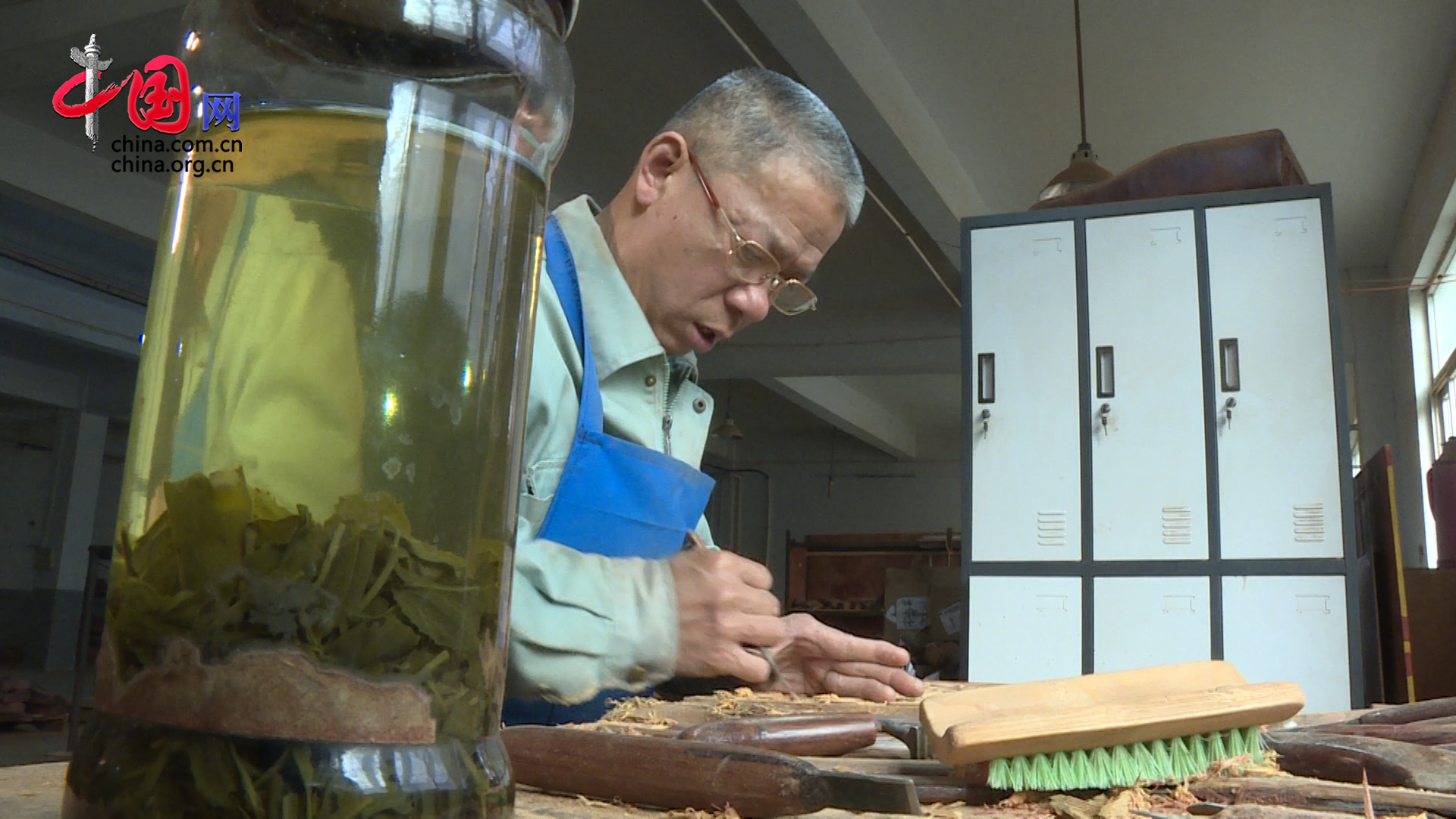
時至今日,一代又一代的蘇作紅木傢具匠人沒有停下手中的工具,而是在古典風尚的基礎上加入了現代人的理解,讓我們對傳統文化進行重新審視,使傢具設計既充滿民族性,又充滿現代設計的時尚感與先鋒意識。
Generations of SuZuo redwood furniture makers continue wielding magic with their tools. The style has evolved to suit modern-day needs. It’s a piece of culture still in circulation which remains traditional while incorporatingthe fashionable vanguard modern design elements.









